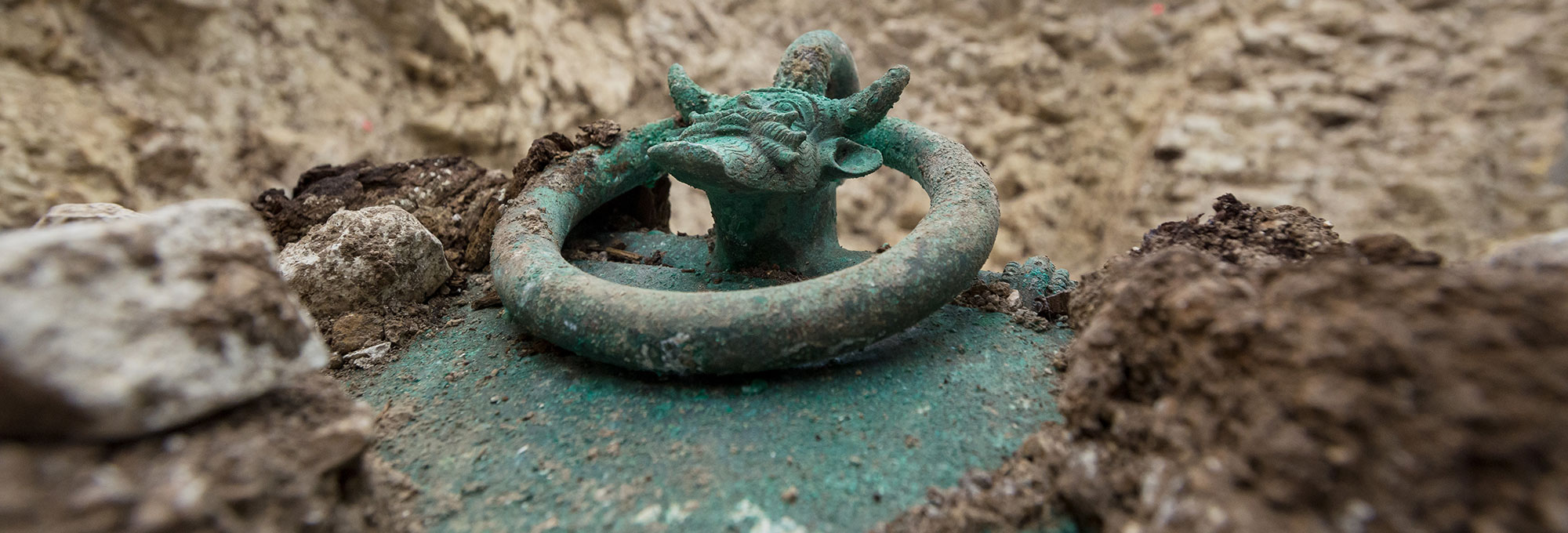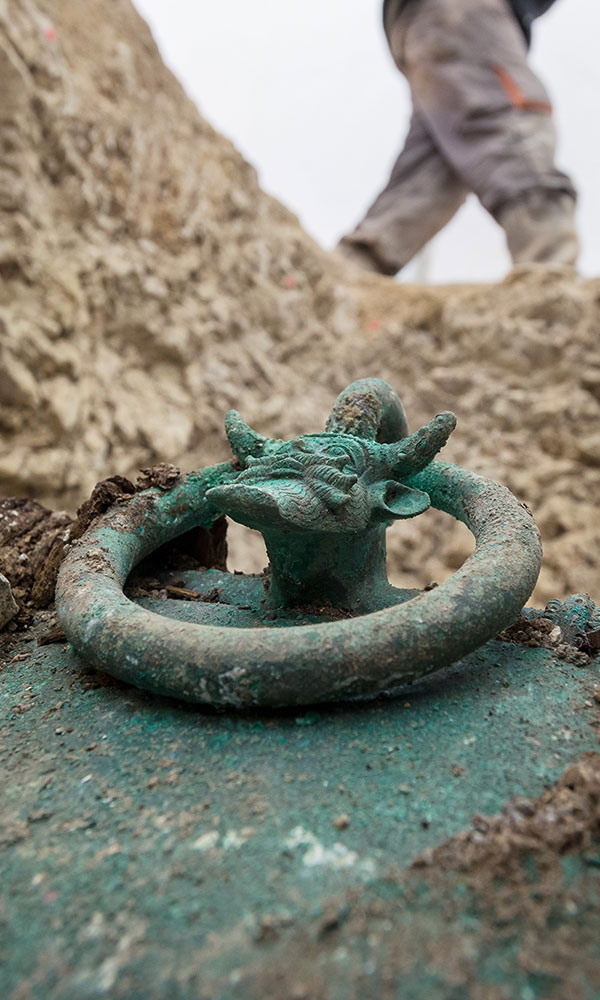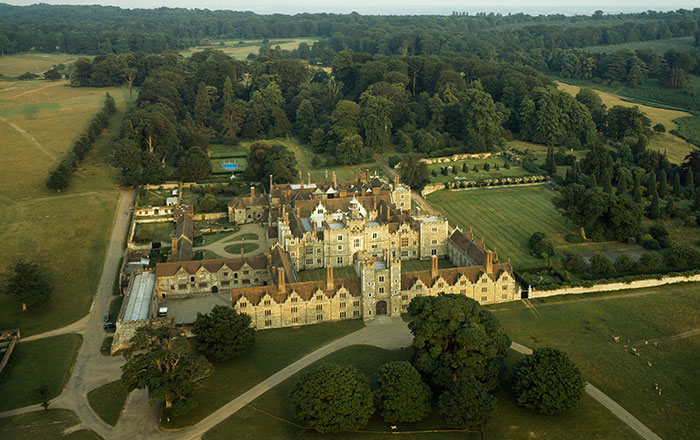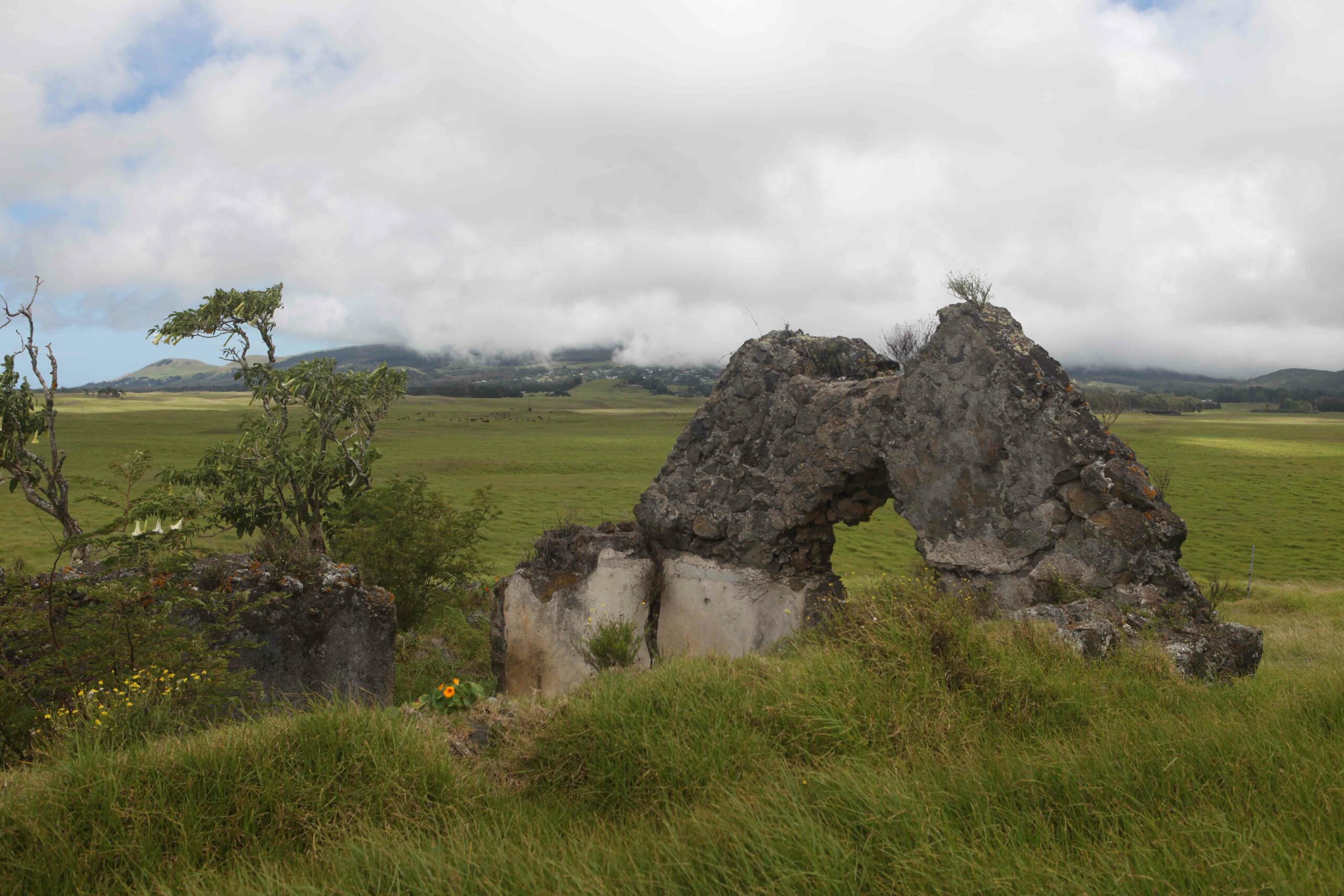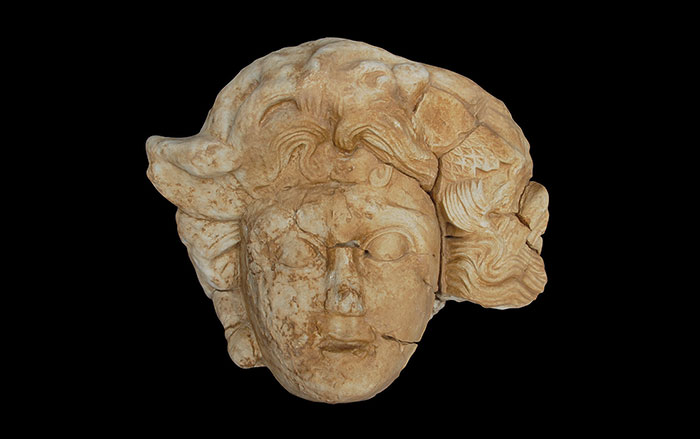
In the fifth century B.C., the Samnites, an Oscan-speaking people from the Appenine Mountains of central Italy, occupied the Campania region, including the town of Pompeii. Being mountaineers and shepherds, the Samnites were eager to control the lowlands, toward the Tyrrhenian Sea, to ensure access to commercial routes across the ancient Mediterranean. They turned Pompeii into a thriving city with a two-mile city wall, ritual sanctuaries, and homes. Yet relatively little is known about their presence in the city, including where they buried their dead.
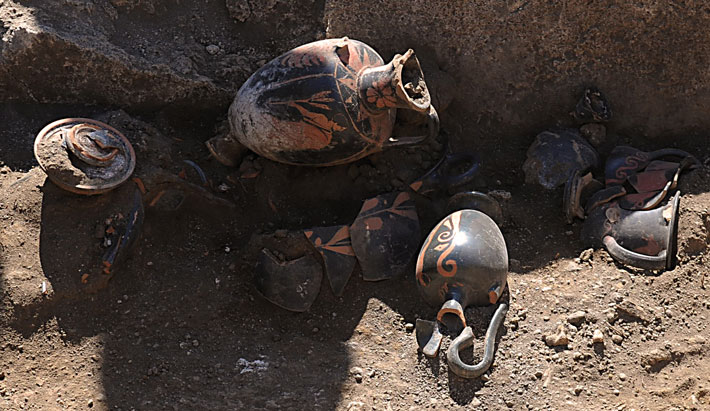
Now archaeologist Laetitia Cavassa from the French National Center for Scientific Research has uncovered an inhumation burial dating to the middle of the fourth century B.C., when Pompeii was still a Samnite stronghold, before it was taken over by the Romans. The tomb, which is believed to be that of a woman between 35 and 40 years old, was filled with high-quality grave goods, including 10 intact vases in a wide variety of shapes and styles. But it is not the artifacts that are the most significant feature of the grave—it’s the date. “It’s an exceptional discovery because it’s the oldest grave ever found in Pompeii,” says Claude Pouzadoux, director of the Jean Bérard Center of Naples, which carried out the excavation along with the Archaeological Superintendency of Pompeii. “We will now be able to understand more concerning the funeral rites of the Samnites, which we still have a great deal to learn about.”







